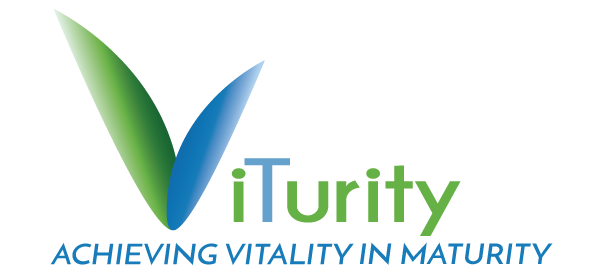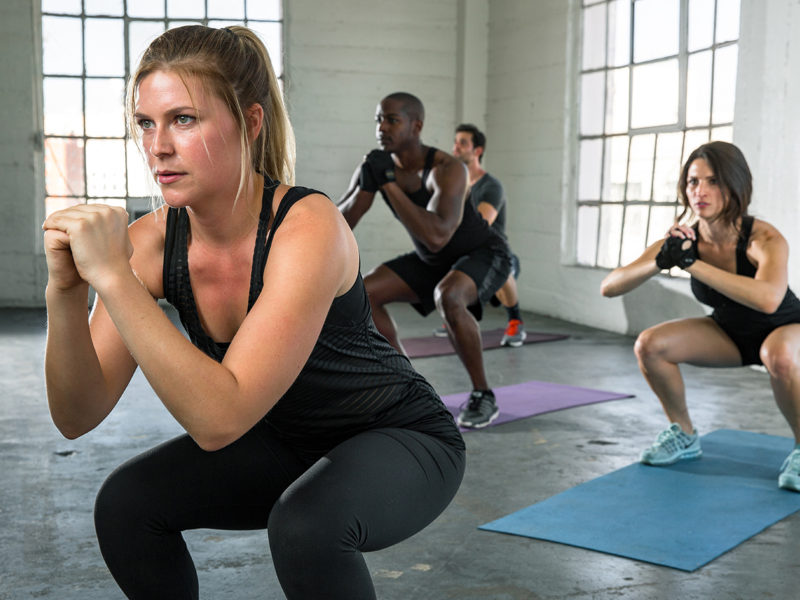Ten Ways to Start an Exercise Program
Jan 09, 2012 – Written by Greg Chertok, M.Ed., CC-AASP
1. Get to Know Your Body
Every exerciser must have a basic understanding of the human body. This includes:
- proper identification of the major muscle groups;
- knowledge about the effects of activity vs. inactivity;
- distinction between stretching and strengthening a muscle; and
- distinction between “good pain” (muscle burn and fatigue) and “bad pain” (joint pain, lower back pain/impingement).
If you know nothing about the workings of the body, you may be putting yourself in a dangerous position. I once worked with an older man who, in response to experiencing soreness from exercise the day prior, decided to address the issue by doing more of what got him sore in the first place. Rather than stretching or resting the muscle, he assumed that working more would do the trick. He was forced to take even more time off to relieve the resulting soreness. This man, a senior vice president for a successful financial firm, was not uneducated. He was simply uninformed about his body and how to exercise correctly.
2. Understand Why You Are Exercising
Pose questions to yourself such as, “Why did I decide to start exercising?” It is suggested that exercisers who are intrinsically motivated experience more positive effects and better adherence than those who are extrinsically motivated. Intrinsically motivated exercisers do so for the satisfaction gained from engaging in the activity itself; in other words, they exercise for the challenge, to gain or learn skills, or to have fun. Extrinsically motivated exercisers do so as a means to an end; they exercise simply to improve their appearance or because of pressure from someone else. The proper reason behind exercising can act as powerful and long-lasting fuel.
3. Know Where You Are
In other words, know your current fitness level. You will need at least a general idea so you can accurately measure your progress. Assess your aerobic and muscular fitness, flexibility and body composition by recording:
- Your pulse rate before and after you walk one mile;
- How many push-ups you can do at one time;
- Your sit-and-reach (how far you can reach forward with your legs out in front of you); and
- Your waist circumference —the distance around your abdomen.
4. Know Where You Want To Be
To start, create a clear and vivid picture in your mind—what does this look and feel like? When you reach this ideal, what will you be able to do that you aren’t able to do now? The act of creating this picture alone can conjure positive and pleasant emotions, and reminding yourself of this image can motivate you.
5. Know How You Will Get There
In other words, identify the exercise program or activities that will take you to your ideal fitness level. As a rule, never choose an activity that doesn’t interest or excite you. Rather than fit into a generic exercise regimen, try to fit one to your needs. If you are looking for a social atmosphere, think about joining a class—there’s Zumba, Pilates, yoga, spinning, swim and dance, among others. If you are looking for something more private, inquire at your local gym about personal training.
6. Develop a Comfortable Routine
ACSM recommends that adults participate in at least 150 minutes per week of moderate-intensity physical activity. With this understanding, find a challenging yet realistic starting point upon which you can build over time. Don’t overwhelm your system by doing too much, but don’t underwhelm your system by doing too little. While devising your schedule—that is, minutes per day and days per week of exercise—also recognize any obstacles that may impede your progress. What excuses have you made in the past that have prevented you from exercising consistently? Start by altering your thinking. Mentally commit to the process so you’re in a good mindset to begin.
7. Write It All Down
Organize your daily goals, weekly goals, longer-term goals and exercise program/routine on paper. Studies find that those who write down their goals can accomplish up to 16 percent more than those who do not.
8. Gather Your Accessories
What special clothing, shoes, or gear does your fitness routine require? You might need to purchase a new pair of athletic shoes or activity-appropriate gear before initiating your program. Having the right exercise clothing and equipment can make the exercise easier and safer. You may find it more likely to continue with exercise when you know you have the right equipment. Some people like to exercise with music, so you might compile a soundtrack of your favorite music. Studies have shown that listening to music during exercise can improve results, as a motivator (people exercise longer and more vigorously to music) and as a distraction from fatigue.
9. Create Incentives
Develop a reward system ahead of time for the goals you accomplish along the way. Be proud of your accomplishments, and don’t be shy about celebrating your successes.
10. Get Started, and Trust the Process
You’ve done all the behind-the-scenes work; now it’s time to go out and reap the benefits of your preparation. A common deterrent to exercise adherence is impatience. Many first-time exercisers expect dramatic body-altering results after mere weeks, or even days, of increased movement. But don’t give up if you aren’t immediately seeing the desired physical results. Real change may take up to several months. Trust the process, and enjoy the journey.




